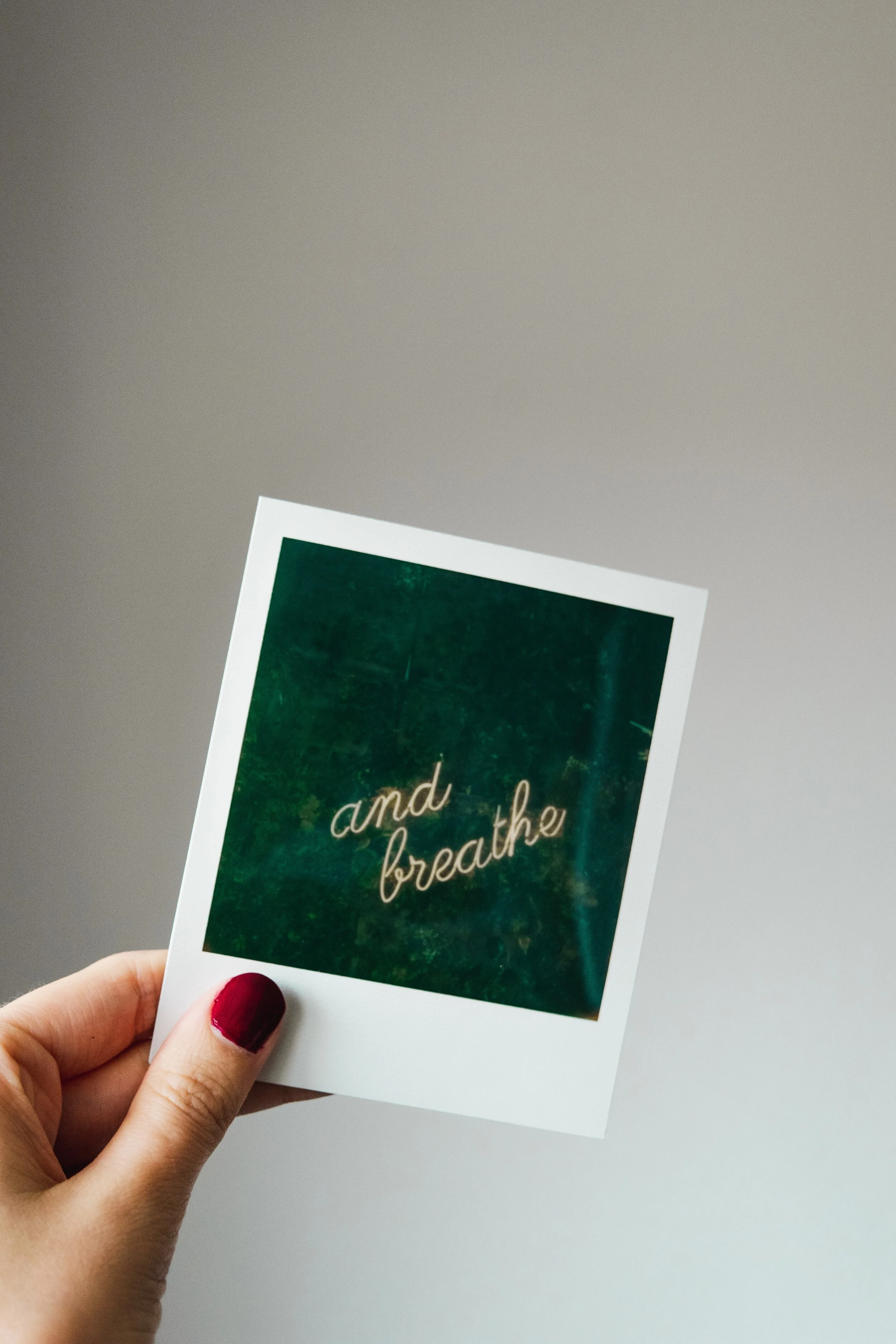Being a Courageous Leader Starts with Being CALM
What does it mean to be courageous? Perhaps it’s my Gen X paradigm that makes me think courageous leaders are those that take charge, tell us what to do and make all of the decisions. I used to think that’s what leadership was all about, and I definitely saw the command and control style of leadership modelled in the organizations I navigated in the 1990’s and 2000’s.
For many years now, a new paradigm of leadership has been emerging; a leader who is willing to listen, stays curious about solutions and is clear about direction, while showing up authentically. It may sound easy enough to make this shift, but in fact this new kind of courageous leadership is challenging for many who like to have all the answers, be in control, manage uncertainty and own all of the outcomes.
Then along came a global pandemic and suddenly there is no control, answers are elusive and uncertainty is the new normal. How do we lead with courage in this new context?
I created the FREE 7 day Courageous Leadership Micro Course to remind myself of the kind of leader I want to be. This is where I have been heading and the leadership I want to see in the world. The framework may challenge the traditional notions of courageous leadership you are still hanging onto. Over the next six weeks, we are going to unpack this framework by focusing on one piece of the leadership puzzle at a time, starting with the foundational piece; CALM.
Here is the challenging thing about leadership: everyone is watching and taking cues from you. If you show up anxious, frustrated or somber, that is what you will see reflected back by your team. If you show up calm, curious and optimistic, the people around you will notice and respond in kind.
Our mirror neurons pick up signals from those around us (and through Zoom!) and these neurons regulate our own behaviour in response. This is why modelling the behaviour we want to see in others is so important. And this is why CALM is the first piece of the leadership puzzle.
Neuroscience shows us that when we self-regulate through our breath, and slow down our nervous system, we also bring the prefrontal cortex online which is where executive functioning resides in the brain. From this place we are able to hold multiple perspectives, access creative solutions, stay curious while thinking rationally about the challenges we face.
In contrast, when we are not calm, our amygdala brain dominates to drive the fight, flight, freeze or appease quality of thinking. We know that there is a heightened level of anxiety and stress in all of us right now, which is affecting the quality of our thinking as leaders. Cultivating a CALM practice is the most important leadership skill you can develop in the midst of this rapidly changing landscape we are all facing.
The simple and powerful way to cultivate CALM is by using your breath. The popular Box Breathing is a simple 4 count breath in, 4 count hold, 4 count exhale, 4 count hold. By completing this cycle three times, you will change your heart rate, your nervous system will settle, you will feel calmer and your prefrontal cortex will come back online, allowing you to think at your best. Why not take a moment to try it now?
Here is a guided breathing exercise created for you by Nicole McLellan, Associate Coach, Inspired Results Group.
I hope your breathing practice supports you to show up calmly with your family, colleagues and wherever else you find yourself in the days and weeks ahead. Practice this box breathing exercise as often as you need throughout the day, or even within the hour.


